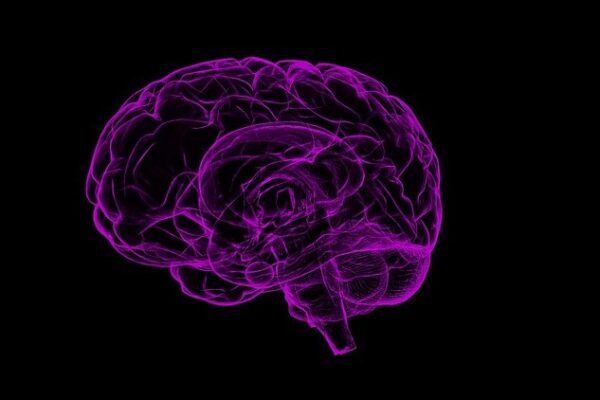
Longboard Pharmaceuticals is chasing much bigger companies already in the market with therapies for rare forms of epilepsy. The biotech has gone from saying its drug could be differentiated to claiming it has best-in-class potential. Longboard now has some early clinical data to help build that case.
Longboard drug bexicaserin, formerly known as LP352, was tested in a placebo-controlled Phase 1b/2a study whose main goal is measuring the change in seizure frequency. Preliminary results released Tuesday show the bexicaserin group achieved a median 53.3% reduction in seizure frequency in the 75-day treatment period compared to a 20.8% median decrease in seizure frequency in the placebo arm. With those results in hand, La Jolla, California-based Longboard said it is “rapidly moving forward” with plans to test its molecule in a global Phase 3 clinical trial.

With the Rise of AI, What IP Disputes in Healthcare Are Likely to Emerge?
Munck Wilson Mandala Partner Greg Howison shared his perspective on some of the legal ramifications around AI, IP, connected devices and the data they generate, in response to emailed questions.
Investors welcomed the new clinical data. Longboard’s stock price closed Tuesday at $25.10, up more than 316% from Friday’s closing price. When Longboard went public in 2021, the biotech priced shares at $16 apiece.
Longboard’s bexicaserin is a potential treatment for developmental and epileptic encephalopathies (DEEs) a group of severe epilepsies that begin to appear in early childhood. While DEEs may be treated with anti-epileptic drugs, these products have limited efficacy. However, Fintepla from UCB and Jazz Pharmaceuticals’ Epidiolex are newer epilepsy drugs that offer treatment alternatives for Dravet syndrome and Lennox-Gastaut syndrome, two forms of DEEs.
Bexicaserin is a small molecule designed to bind to and activate 5-HT2C, a receptor whose role includes modulating breathing, sleep-wake regulation, and seizure severity. UCB’s Fintepla is also a 5-HT2 agonist, but it has additional activity on closely related receptors, leading to adverse effects. This drug’s label has a black box warning that the product’s active ingredient is associated with the risk of valvular heart disease and pulmonary arterial hypertension. Epidiolex, whose active ingredient is derived from marijuana, has an unknown mechanism of action in epilepsy. The drug’s label has no black box warning.
Longboard evaluated bexicaserin in PACIFIC, a Phase 1b/2a clinical trial that enrolled 52 participants between the ages of 12 and 65 with a DEEs diagnosis. The study evaluated three different doses of the oral drug taken three times daily. Patients were also allowed to remain on a regimen of up to four anti-seizure medications throughout the study.
In addition to the greater than 50% seizure frequency reduction reported for the study drug arm, Longboard also broke out results in specific forms of DEEs. In Dravet patients, the median seizure reduction was 72.1%; in Lennox-Gastaut patients, the median reduction was 48.1%. In other forms of DEEs, Longboard said the median seizure reduction was 61.2%.
On measures of safety, Longboard said the most common adverse events reported included sleepiness, decreased appetite, constipation, diarrhea, and lethargy. Of the 35 patients in the bexicaserin group, nine discontinued due to an adverse event. No patients in the placebo group dropped out of the clinical trial or experienced a serious adverse event.
“Given the groundbreaking design of the PACIFIC Study and the broad efficacy of bexicaserin observed across DEEs in this study, we believe that bexicaserin provides us with the cornerstone to build a world-class epilepsy franchise and to explore development paths forward that may offer novel options to DEE patients that are vastly underserved,” Longboard President and CEO Kevin Lind said in a prepared statement. “We are continuing our Phase 3 preparations as we evaluate the broader dataset.”
Public domain image by Flickr user SciTechTrend














